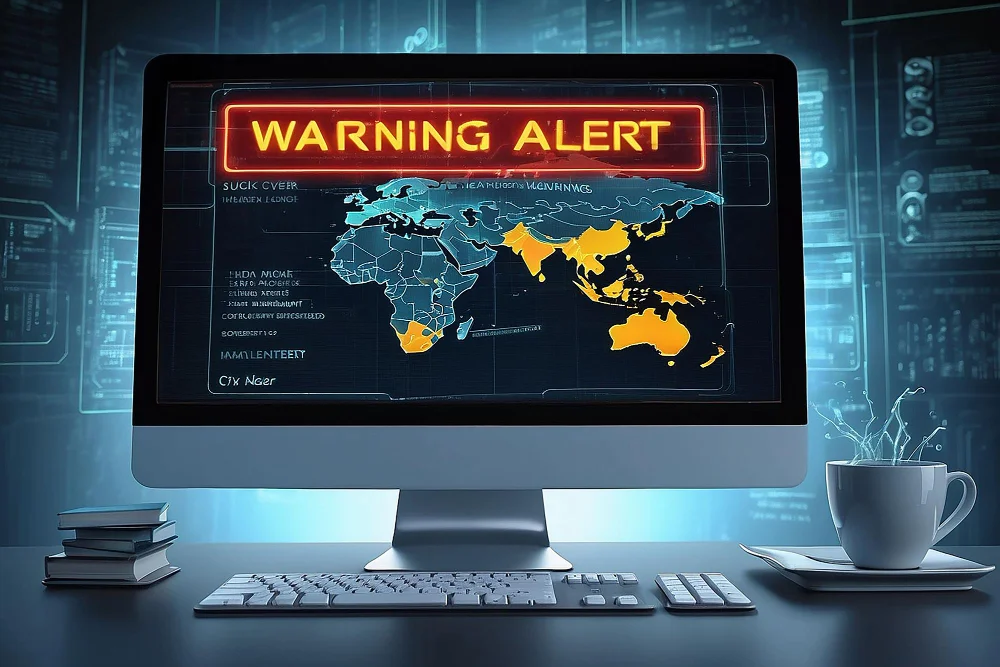In today’s interconnected world, the internet has become an integral part of our daily lives, revolutionizing the way we communicate, work, and conduct business. However, with this increased connectivity comes the risk of cyber threats. Understanding these threats is crucial in safeguarding ourselves and our digital assets from potential harm.
What are Cyber Threats?
Cyber threats encompass a wide range of malicious activities that are designed to compromise the security and integrity of computer systems, networks, and data. These threats can take various forms, including malware, phishing attacks, ransomware, and Distributed Denial of Service (DDoS) attacks.
Malware
Malware, an abbreviation for malicious software, pertains to any software intentionally crafted to disrupt, harm, or gain unauthorized entry into a computer system. Examples of common malware encompass viruses, worms, trojans, and spyware.
Phishing
Phishing is a deceptive technique used by cybercriminals to trick individuals into revealing sensitive information such as login credentials, credit card numbers, or personal details. This is often done through fraudulent emails, text messages, or websites that appear to be legitimate.
Ransomware
Ransomware is a type of malware that encrypts files on a victim’s computer or network, rendering them inaccessible until a ransom is paid. This form of cyber attack can have devastating consequences for businesses and individuals alike, often resulting in financial losses and data breaches.
DDoS Attacks
A Distributed Denial of Service (DDoS) attack occurs when a malicious actor floods a targeted system or network with an overwhelming amount of traffic, causing it to become unavailable to legitimate users. These attacks can disrupt services, cause downtime, and result in significant financial losses.
The Impact of Cyber Threats
The consequences of falling victim to cyber threats can be severe and far-reaching, affecting not only individuals but also businesses, governments, and organizations worldwide.
Financial Losses
Cyber attacks can result in significant financial losses for businesses, including costs associated with restoring systems, recovering lost data, and mitigating damage to reputation. According to a report by Cybersecurity Ventures, global cybercrime costs are projected to reach $6 trillion annually by 2021.
Reputational Damage
A cyber attack can also inflict lasting damage to an organization’s reputation and credibility. Customers may lose trust in the company’s ability to protect their sensitive information, leading to loss of business and diminished brand loyalty.
Legal Consequences
In addition to financial and reputational damage, organizations that fail to adequately protect against cyber threats may also face legal consequences. Data protection regulations such as the General Data Protection Regulation (GDPR) impose strict requirements on businesses to safeguard customer data and notify authorities of data breaches.
Common Targets of Cyber Threats
Cybercriminals target a wide range of individuals and organizations, including but not limited to:
- Small and medium-sized businesses
- Large corporations
- Government agencies
- Healthcare providers
- Financial institutions
- Educational institutions
How to Protect Against Cyber Threats
While the threat landscape may seem daunting, there are steps that individuals and organizations can take to mitigate the risk of falling victim to cyber attacks.
Use Strong Passwords
Create robust, unique passwords for all your accounts to enhance security against potential breaches. Utilize a password manager for secure storage and efficient management of your passwords.
Keep Software Updated
Maintain up-to-date software, including operating systems and applications, to mitigate vulnerabilities and safeguard against potential exploits. Enable automatic updates where feasible to ensure timely patch installation
Implement Multi-Factor Authentication
Enable multi-factor authentication (MFA) wherever possible to add an extra layer of security to accounts. MFA requires users to provide two or more forms of verification before granting access, making it harder for attackers to compromise accounts.
Educate Employees
Allocate resources towards cybersecurity training for your employees to familiarize them with prevalent threats and effective safety protocols online. Foster a culture of alertness, empowering staff to promptly report any suspicious activity they encounter.
The Role of Cybersecurity Professionals
Cybersecurity professionals play a critical role in defending against cyber threats, employing a range of tools and techniques to detect, prevent, and respond to security incidents. From security analysts and incident responders to ethical hackers and penetration testers, these experts work tirelessly to safeguard digital assets and protect against evolving threats.
Conclusion
In conclusion, cyber threats pose a significant and growing risk to individuals, businesses, and organizations worldwide. By understanding the nature of these threats and implementing proactive cybersecurity measures, we can better protect ourselves and our digital assets from potential harm.

